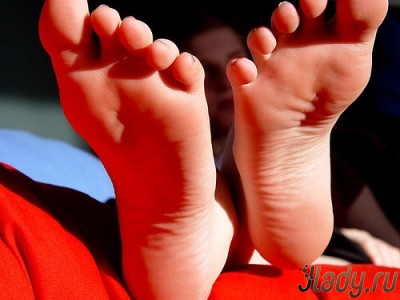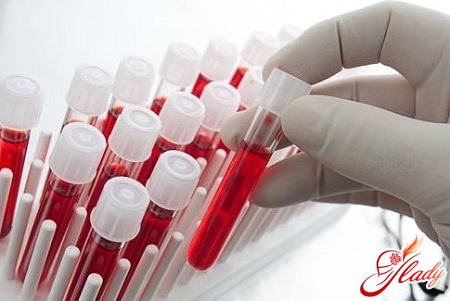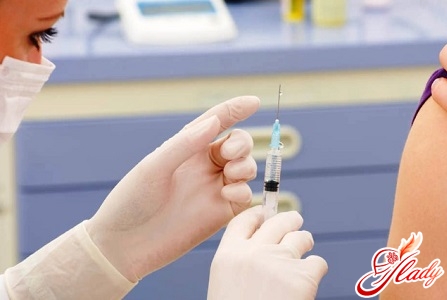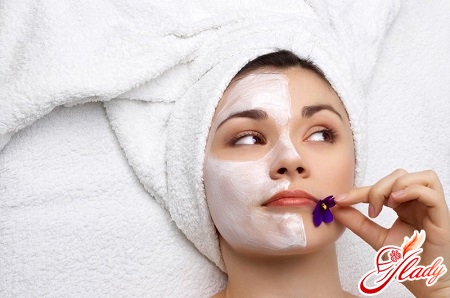 There are probably no people today who wouldat the end of the working day did not feel heaviness in the legs. Many people just do not pay attention to it, especially those who wear heels, thinking that this is how it should be. However, in fact, this syndrome is not as harmless as it seems. If you do not take measures in time, this syndrome can develop into a more serious disease - varicose veins. If you do not want your legs to be covered with a network of veins, it's time to take action! Today, there are many ways to combat this ailment. These include various exercises and water treatments. Whether you have tired legs syndrome or not, the following symptoms will help you make sure of this:
There are probably no people today who wouldat the end of the working day did not feel heaviness in the legs. Many people just do not pay attention to it, especially those who wear heels, thinking that this is how it should be. However, in fact, this syndrome is not as harmless as it seems. If you do not take measures in time, this syndrome can develop into a more serious disease - varicose veins. If you do not want your legs to be covered with a network of veins, it's time to take action! Today, there are many ways to combat this ailment. These include various exercises and water treatments. Whether you have tired legs syndrome or not, the following symptoms will help you make sure of this:
- Feeling numbness
- a feeling of buzzing
- fatigue, heaviness and pain in the legs during the day
- swelling of the ankles and feet
- cramps in calves
Remember: all the above symptoms are not normal for healthy legs. Legs should always be light.
Where does the tired legs syndrome come from?
First of all, because of the heavy load on the legs.On average, every woman takes about ten thousand steps daily. And it's good if she's wearing low-heeled shoes, but if she's wearing high heels, and there's extra weight pressing on top. Because of such a heavy load, the veins begin to do their job poorly, poorly pass blood, which is why they simply burst. That's why by evening, a network of veins appears on the skin of the legs. In addition, venous blood and lymph stagnate. And as a result - swelling! Many people mistakenly believe that tired legs syndrome only bothers those who spend most of the day on their feet. However, those who, due to the nature of their work, spend most of the day at the table are also subject to such unpleasant manifestations. After all, in order to properly drive blood through the veins, the legs must always be in good shape.
Struggling with a syndrome of tired legs
As soon as you start to experience symptomstired legs, start taking action immediately: - wear only high-quality shoes; - put orthopedic insoles in your shoes; - choose shoes with a stable, low heel (no more than 4 cm) for everyday wear. - choose your shoes carefully: they should not be tight; - in the evening, lying on the couch in front of the TV, raise your legs up for at least 15 minutes, for example, on the wall; - do not eat at night; - when sitting, try to relax your legs: do not cross them or put one leg on top of the other.
"Dissolve blood" in the legs will help the following exercises:
- Remove your shoes and sit on a chair straight. Now try using your toes to lift a small object from the floor, for example, a box of matches or a lighter.
- The next exercise is the "pedal". Sitting on a chair, connect the knees together, and with your feet, as it were, press the pedals. In this case, the toe of one leg should be lifted up, and the other one - down.
- Also, in the sitting position, extend the legs in front of you and alternately rotate your feet in one direction or the other.
- Stand up straight, hands forward. Now go up on your toes and go down. Do this exercise 4-5 times.
- Twist your bicycle in the prone position.
Now proceed to water procedures
Water procedures are best done in the evening, when your feet are at their worst. So don't be lazy and pamper your tired feet with water procedures before going to bed, they will only thank you for it.
- Pour cool water into the tub so that it reaches the middle of the calves. Add 2-3 tablespoons of sea salt and walk on the water. You'll see: after a few minutes, there was no fatigue.
- Fitovannochka for the feet. Prepare a decoction of marigold and horse chestnut or buy a ready-made composition in the store.
- Contrast foot bath (or contrastshower). Alternately, lower your legs into cold water and then into hot water. After the procedure, rub in the skin of the feet with lemon or almond oil. Also, any anti-varicose cream is suitable.
Pressotherapy is a more radical method
Pressotherapy is based on compression.This procedure is done in beauty salons using special pants that are put on the legs. When filled with air, they begin to press on them rhythmically. The sensations of this procedure are very similar to a regular massage, but unlike it, it is more effective: the result of one pressotherapy session replaces 20-30 sessions of regular massage. During the session, the blood is simply expelled from the vessels upwards, as a result of which the legs rest.









